The content of the article
Stew is considered to be a universal dish. It can be taken with you on a hike or used in combination with side dishes. Often, salads are prepared on the basis of canned meat. Of course, you can go to the store and buy the product you like, but many housewives prefer to cook the stew on their own. This is not surprising, because in the end it turns out a completely natural composition of your favorite meat. Like any other business, cooking stews includes important aspects. Let's consider them in order.
Features stew
- Absolutely any meat is suitable for homemade stew. It can be chicken, lamb, rabbit, pork, or even a beaver and a lamb.
- The duration of the preparation directly depends on the selected type of meat. For example, pork stew stews longer than a product based on chicken or rabbit.
- Experienced housewives, through trial and error, have developed their own technology for cooking stews using an oven or slow cooker.
- The main advantage of stews is the availability of components and improvised materials. For the procedure, you will need meat flesh, sterilized small jars (0.4-1 l.), A pan.
- If you prefer to eat pork, lamb, beef stew, it is important to choose the right meat for the preparation of the product. The best option is fresh sirloin.
- You can use the cut, on the basis of which everyone’s favorite goulash or basics are prepared. If you buy pork, make sure the surface is coated with grease. Before cooking, this layer must be cut off.
- Rabbit stew is prepared from the drumstick, chicken - from the thighs. It is important to remember that stew is made only from chilled meat. Do not use frozen raw materials.
- As mentioned earlier, the stew rolls into jars. The dishes must first be sterilized in a convenient way (water bath, oven). The same applies to covers, they can be tin or plastic.
- The stew is stored in a cool place without dampness, especially if it is twisted with tin lids. If you observe the storage conditions, as well as roll the finished canned food into a sterile container, the stew will stand for about 3 years.
- If lean meat is used to make stew, the composition can be “diluted” with grated pork fat in moderation. Such a move will increase the duration of storage and saturate the dish.
- Veal is not suitable for stew, as it is significantly inferior to beef in taste. Choose a large piece, which you later cut yourself.
- If the meat is not mixed with water, the average cooking time is about 3-4 hours. It all depends on the volume and quantity of additional ingredients.
- Stew comes from the concept of "stewing". For this procedure, thick-walled and thick-bottomed dishes with high sides are used. An ideal option is considered a cauldron.
- If the stew is closed in a container with tin lids, grease the last with melted pork fat. Such a move will prevent the formation of rust and increase the duration of storage.
- In the cooking process, it is important to ensure that pieces of meat do not float to the surface. Stewing must be done in our own juice, the product will be more saturated.
Pork stew
- meat (pulp) - 3.5 kg.
- onions - 4 pcs.
- bay leaf - 12 pcs.
- salt - 40 gr.
- ground pepper (black) - 7 gr.
- Pass the onion through a meat grinder or chop it in a blender, mix with ground pepper and salt.Pour the pork pulp with water, dry, chop into medium-sized cubes.
- Knead the composition, transfer to a food container and cork. Put in the cold for 30 minutes. If desired, you can pour your favorite seasonings.
- When marinating meat, sterilize containers and lids. Distribute the bay leaf over the containers, lay the pork. Boil filtered water, pour into jars not to the brim.
- Cook a thick-bottomed pan. Cover the bottom with a towel or lay a wooden board. Place containers with stew, cover with lids.
- Fill the pan with water, put on medium heat and bring to the appearance of the first bubbles. When this happens, turn down the power to a minimum, simmer for 4 hours.
- At the whole stage of cooking, monitor the presence of water in the pan, add it if necessary. When the composition is ready, twist the jars, turn upside down.
- Wrap a container with a warm towel, leave at room temperature until completely cooled (about 12 hours). After that, move the stew to a cold place.
Pork head stew
- pork head - 1 pc.
- salt - 45 gr.
- ground black pepper - to taste
- peas - 5 pcs.
- laurel - 7 pcs.
- Wash the meat, dry it and cut off the fatty layers (cheek). Remove bones and cartilage, rinse again. Dice the meat into cubes (size about 4 * 4 cm.).
- Pick up a pan with dense walls and a bottom, send the meat inside. Pour in water so that the liquid covers the pork completely.
- When the composition boils, reduce power to a minimum, simmer for 3.5 hours. Approximately 45 minutes before the final cooking, pour bay leaf, peas and ground pepper, salt.
- Sterilize the jars in a convenient way, wipe dry. Arrange the prepared stew in warm containers. Prepare a wide pan, line the bottom of the dishes with a thick towel.
- Place containers with meat inside, fill with water until the neck begins (on the shoulders). Bring to the appearance of bubbles, reduce heat, boil for another half hour.
- When the specified period expires, remove the jars, immediately roll them with sterile lids. Turn over the container, make sure there are no smudges, cool.
Beef stew
- meat - 2.5 kg.
- thyme branches - 2 pcs.
- drinking water - 100 ml.
- laurel - 5 pcs.
- ground black pepper - to taste
- salt to taste
- Rinse the beef pulp under the tap, dry with towels, cut into large pieces. Prepare dishes with a thick bottom and walls. A roasting pan is considered an ideal option, in it the meat is aromatic and rich.
- Put the chopped pieces of beef in a stewing container, pour in the water and mix. Cover, leave a small hole (about 1 cm.). Put the roasting pan on a slow fire and simmer for 2.5 hours.
- It is important to stir occasionally and check the composition for the presence of broth. If the liquid boils, add it one tablespoon each. After the specified period, salt, pepper, add thyme branches.
- Knead the composition, cover and place a towel on top. Let it brew for 8 hours at room temperature. During this time, you need to sterilize the lids with banks in order to prepare them for laying out canned food.
- Put a bay leaf on the bottom of the container, pack the stew and cork. Send to a cool place in which there is no light and moisture.
- To enhance the taste of beef stew, you can add onions and carrots. In order to carry out the procedure correctly, peeled vegetables are put to the meat, and are removed before packing on the container.
Rabbit stew
- rabbit (leg meat) - 1.8 kg.
- salt to taste
- spices - at the discretion
- pork fat - 300 gr.
- Dry the rabbit carcass, cut it, cut the flesh. Wash the meat, dry with paper towels. Chop into pieces (about 3 cm in size).
- Sprinkle the meat with salt, mix well, transfer to a food container and close. Leave for 6 hours to marinate.
- For the specified period, the salt will suck out excess liquid from the rabbit, squeeze it. Fry the slices in a dry pan with the addition of lard.
- Sprinkle the heat-treated rabbit meat with seasonings, knead and distribute in clean jars. Add garlic slices and peppercorns if desired.
- Pour the seasoned meat with pork fat left over after roasting. Roll up with sterilized lids. Wrap the stew in a dark bag that does not allow light to pass through.
Beaver Stew
- beaver - 1 carcass
- peas - 8 pcs.
- laurel leaf - 8 pcs.
- ground black pepper - 10 gr.
- salt to taste
- Sprinkle beaver meat with running water, dry and separate the bones. Discard the skin, cut off the fat layer, the film. Chop the raw materials into medium sized pieces, rinse and dry again.
- Prepare a large bowl, send the meat into it, fill it with drinking water. The liquid should cover the cubes completely. Soak the composition for about 12 hours. During this period, blood will flow from the carcass, so the water needs to be changed regularly.
- When the set time is up, remove the carcass and squeeze it. Dry with paper towels, rub with a mixture of salt and pepper. Sterilize the container into which the stew will roll. The same goes for covers.
- Put peas of peppers and laurels on the bottom of each jar, fill the container with pieces of beaver meat. 3 cm back from the neck. Take a wide pan, put a towel on the bottom.
- Put jars of meat inside, fill the pan with hot water, 2 cm back from the edge. Cover the container with beaver lids, leave a small hole.
- Put on the stove, wait for boiling, then cook at a slow power for another 6.5-7 hours. During cooking, the water will begin to boil, so it must be added.
- When the stew is ready, turn off the burner and remove the cans. Roll them upside down, wrap them with a warm cloth. Leave to cool for 12 hours, then take to the cold.
- Beaver-based stew is considered a delicacy, so it is difficult to get it in a regular supermarket. If you bring a gourmet dish to the table, it will satisfy the needs of even the most sophisticated gourmet.
Chicken stew
- chicken fillet - 2.3 kg.
- salt - 30 gr.
- marjoram - at the tip of a knife
- bay leaf - 6 pcs.
- peas - 10 pcs.
- ground black pepper - 5 g.
- From the listed volume of components you will get about 2 kg. finished stew. Prepare the cans, treat them with soda and sterilize.
- Wash the chicken fillet, dry with a paper towel. Cut off the fat layer, but do not throw it away, it will come in handy later.
- Chop the meat with squares, grate with mixed spices and salt. Place laurel and peppercorns on the bottom of the container. Fill the container with chicken, wrap the neck with polyethylene (cling film).
- Make holes in the polyethylene so that air enters the cavity and moisture does not accumulate. Place the containers in the frypot, and then immediately into the oven. Remember to remove the film.
- Do not put containers in a preheated oven, otherwise the glass will burst. Set the temperature mode to about 200 degrees, simmer for 3 hours.
- Approximately 20 minutes before readiness, take the chicken fat that you cut from the loin. Stoke it in a frying pan, remove the greaves, salt and let it simmer on the fire.
- Using a tack, take out jars of stew, add melted chicken fat over the mass. Such a move will increase the shelf life, you just have to roll up the container and cool.
- Take your time to move the cans for long-term storage in a cold place. After capping, wrap the container with a towel and leave it for 12 hours in the kitchen room. Before sending to the cellar, make sure that there are no smudges.
Cooking homemade stews is not particularly difficult if you have sufficient knowledge and adhere to the instructions. We described in detail the process of stewing chicken, pork, beef, rabbit and beaver meat. The latter option is considered an exquisite delicacy. Choose your favorite recipe, follow the instructions, enjoy the fruits of your own labors.
Video: pork stew recipe

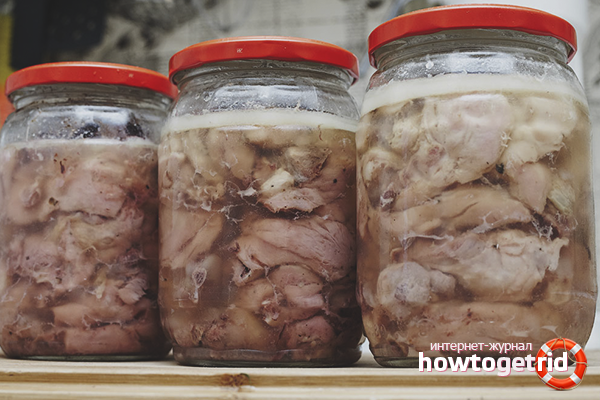
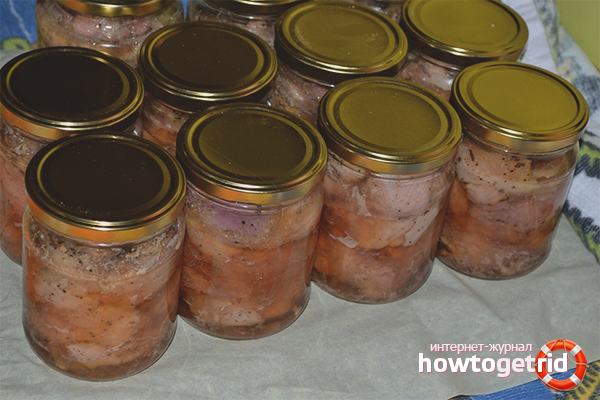
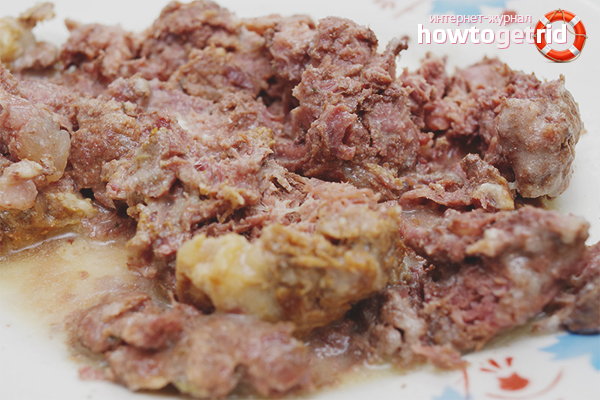
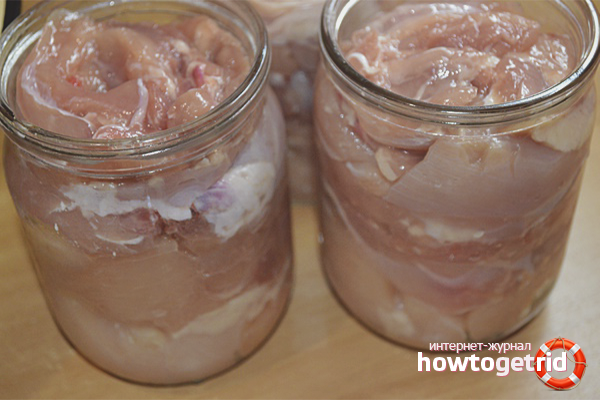
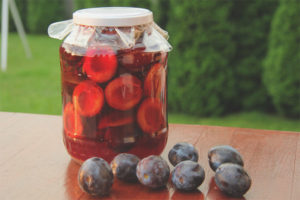
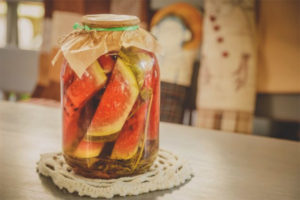
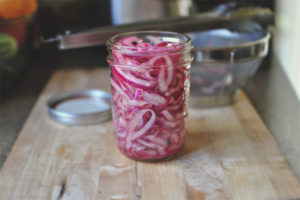
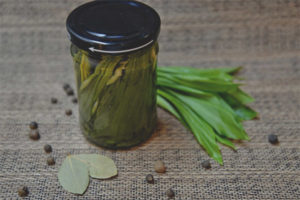
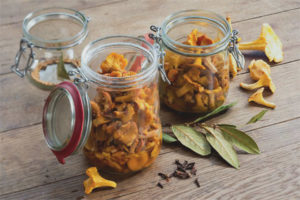
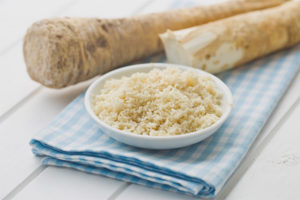
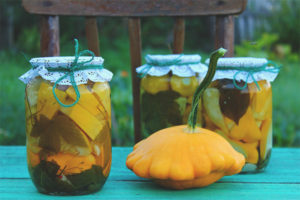
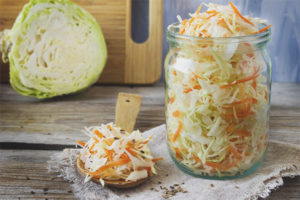
Submit
And there’s nothing to eat at all, what do you make beef stew?
Make beef, chicken or rabbit stew, why not try beaver from 🙂